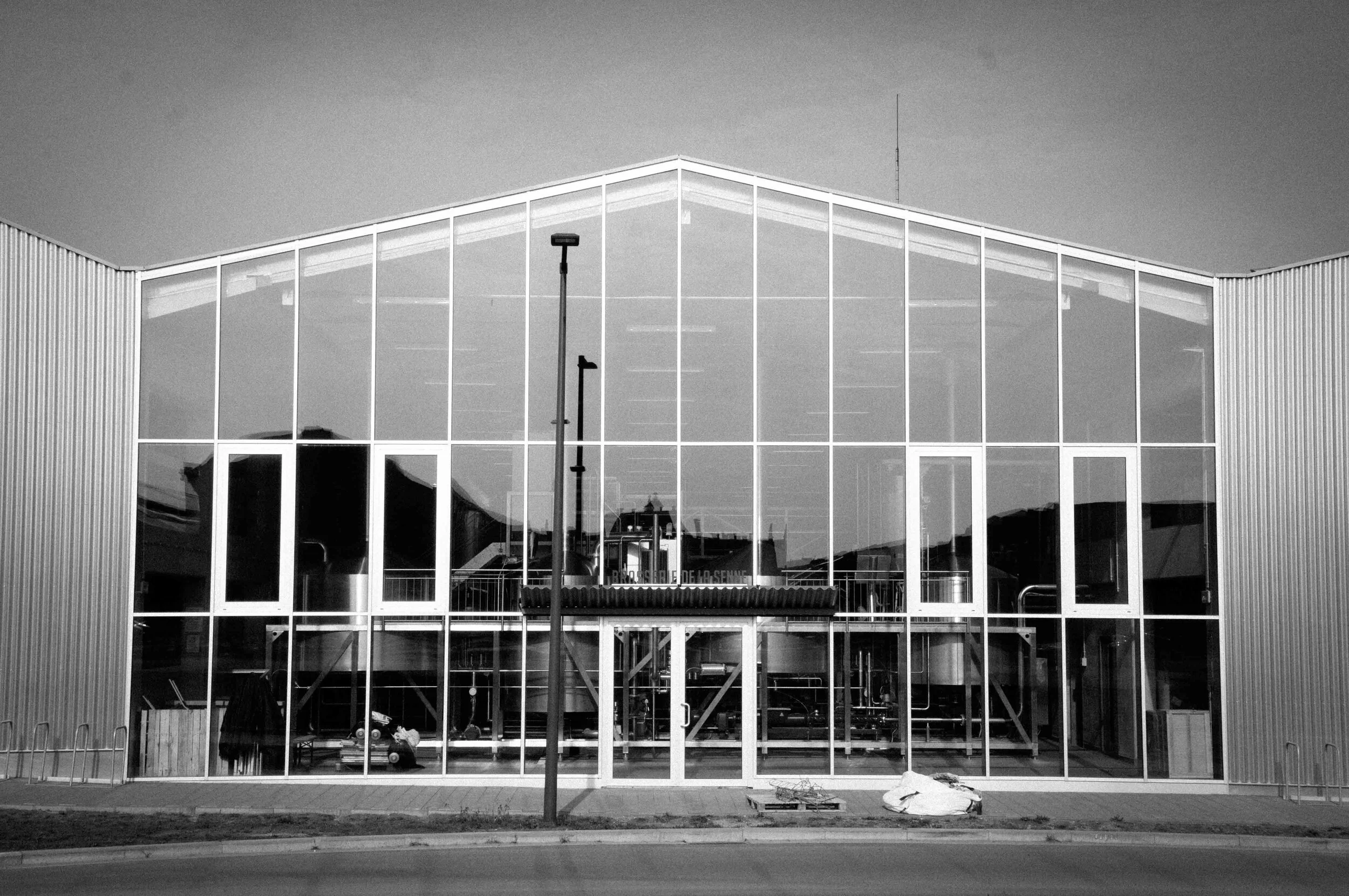A History of Brussels Beer in 50 Objects // #50 Brussels Beer Project Coolship
Object #50 - Brussels Beer Project Coolship
2021
Brewery Life
Find out more about Brussels Beer City’s new weekly series, “A History Of Brussels Beer In 50 Objects” here.
So the last shall be first, and the first last.
This series started with a coolship, so it feels appropriate to finish with one. In December 2021, Brussels Beer Project publicly announced what was both the worst kept secret and the most unexpected recent development in Brussels beer: they had started brewing Lambic. They did so in a quintessentially Brussels Beer Project manner - by wheeling one of their coolships onto the Grand Place and parking within a couple of metres of the Brouwershuis, the centuries-long seat of brewing power in Brussels.
This would all have sounded preposterous to a Brussels beer drinker in 2012 still acclimatising to the city having not one but two local breweries. But a lot can change in ten years, and within a decade of Brasserie de la Senne’s arrival in 2010, the city’s new brewers were confident enough in their métier to take on the city’s native brewing tradition.
With the arrival of a second Lambic brewery (and with a third one announced since BBP’s stunt), it increasingly feels in 2022 as if many generations of Brussels’ beer history have collapsed in on themselves, and we’re experiencing all of them concurrently. There are the IPAs and Americana of the Brussels New Wave. Breweries like En Stoemelings and de la Senne keeping the flame lit for Belgium’s ecclesiastic and agricultural traditions. Local Pilsners share shelf space next to English Ales and Reinheitsgebot-compliant Lagers.
The neighbourhoods along the Brussels-Charleroi canal are once again fragrant with brewing activity, as new breweries emerge within sight of the relics of the city’s 20th century brewery construction boom. Breweries have also returned to central Brussels and to the industry’s spiritual and historical home in the streets around Place St Géry; there are even rumours of Lambic barrels maturing in the market hall’s vaulted cellars.
Nearby, the grave of the city’s mythical beer king Gambrinus is being prepared for a new home in the under-construction Belgian Beer World experience occupying the Bourse. With the return of post-pandemic uncertainty and plans to disinter the Zenne river from its concrete sarcophagus below the streets of Brussels, all that’s left is for some enterprising brewer to rediscover a medieval Waeghbaert recipe and every facet of Brussels’ long beer history would be represented.
Alongside these stories and their totemic objects are other stories for which there was not enough space. The role, for example, of women. Or how the Zenne river influenced, and was influenced by, the city’s breweries. Or the Italo-Belgian mutual appreciation society expressed in every plate of brasserie spaghetti bolognaise and in every bottle of Cantillon grape Lambic.
But space was limited and my choices were subjective. Even so, these 50 objects tell a story. One about the intertwined histories of a city and its breweries. About what they brewed and why they brewed. About dusky cafés and dead-end estaminets. And about all the Brusselaars - the Zagenmannekens and the Pottezuipers, the exiles and the new arrivals - who’ve ever enjoyed a glass of Lambic.













